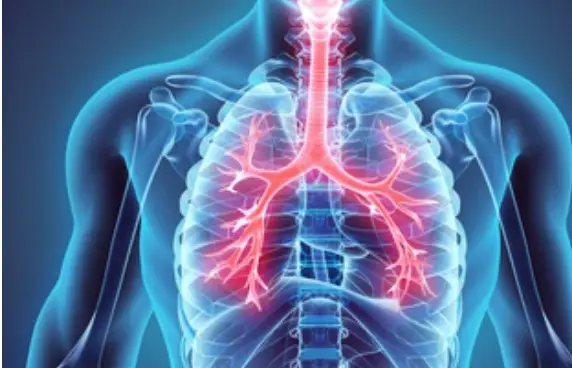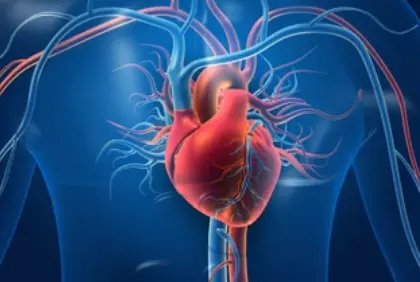 Welcome
Welcome
“May all be happy, may all be healed, may all be at peace and may no one ever suffer."
Cyanide poisoning - Generics
Cyanide poisoning is a serious medical emergency that occurs when a person is exposed to high levels of cyanide, a toxic chemical that interferes with the body's ability to use oxygen. Cyanide can be found in several industrial chemicals, including those used in mining, plastics, and paper manufacturing. It can also be found in certain foods, such as cassava and almonds, as well as in tobacco smoke.
Symptoms of cyanide poisoning can vary depending on the level and duration of exposure. Early symptoms can include headache, dizziness, weakness, confusion, and rapid breathing. As the poisoning progresses, a person may experience seizures, coma, and cardiac arrest.
Treatment for cyanide poisoning typically involves administering antidotes, such as hydroxocobalamin or sodium thiosulfate, which work by binding to the cyanide and rendering it harmless. Oxygen therapy may also be given to help support the body's oxygen levels. In severe cases, emergency procedures such as artificial ventilation or hemodialysis may be necessary to remove the cyanide from the bloodstream.
Prevention of cyanide poisoning can be achieved by following proper safety protocols in workplaces where cyanide is present, such as wearing appropriate protective gear and using proper ventilation. Avoiding exposure to foods or other substances that may contain cyanide, such as poorly processed cassava, can also help prevent poisoning.
In conclusion, cyanide poisoning is a serious medical emergency that requires immediate medical attention. Prompt diagnosis and treatment can prevent complications and improve outcomes, and prevention is key in avoiding exposure to cyanide in the first place.

Chronic gastritis

Chloasma

Cutaneous T-cell lymphoma

Bronchitis

Paroxysmal supraventricul...

Neuritis of pregnancy

Very dry reactive skin

Q fever
Cyanide poisoning, সায়ানাইড বিষক্রিয়ায়
To be happy, beautiful, healthy, wealthy, hale and long-lived stay with DM3S.